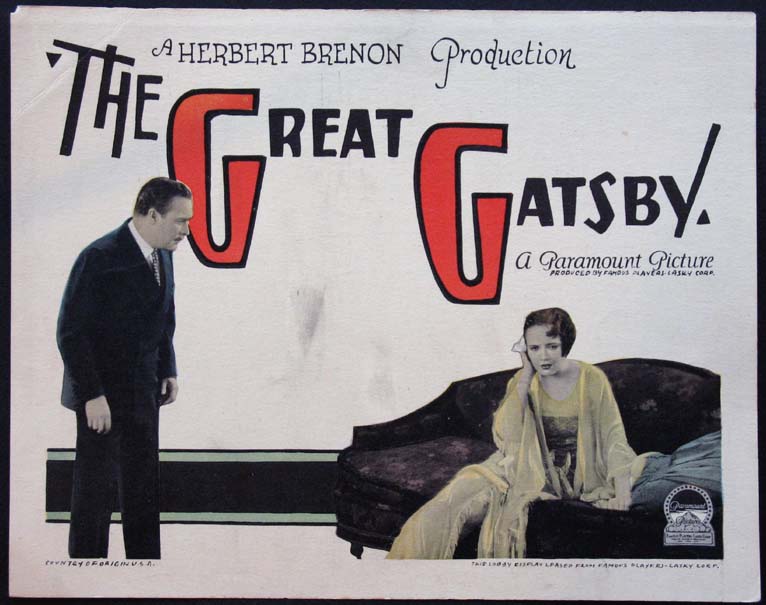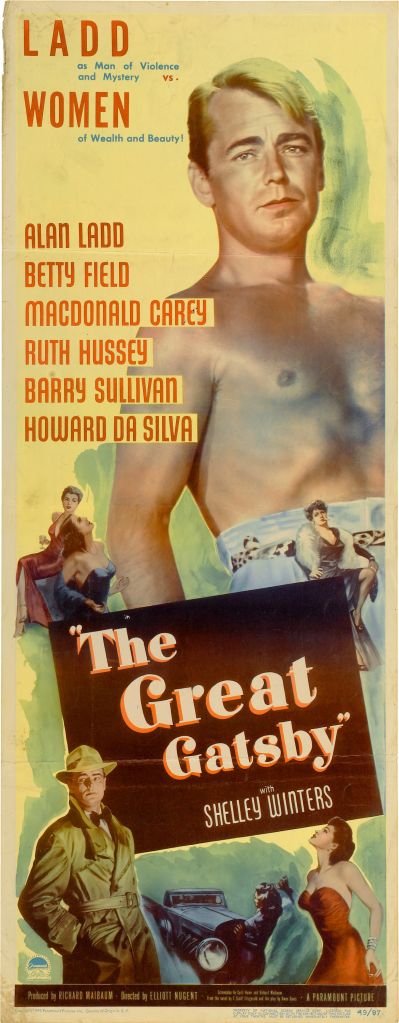
Tag: 1920s




The Little Tramp turns 100
“A tramp, a gentleman, a poet, a dreamer, a lonely fellow, always hopeful of romance and adventure.” – Charlie Chaplin
Today marks the 100th anniversary of the first appearance of Charlie Chaplin‘s Little Tramp when the Keystone Comedy, Kid Auto Races at Venice was released. The day was January 7, 1914 and the character would become Chaplin’s best-known onscreen alter ego.

Charlie Chaplin had been traveling the country with a pantomime troupe when Mack Sennett signed him to make pictures for his Keystone Studios, which was by that point, in 1913, becoming known for its short slapstick comedy movies. Chaplin’s first role at Keystone was as a swindler for which he wore a mustache and monocle, but his performance wasn’t received as well as expected. Still, Sennett gave him another chance by casting him in Kid Auto Races at Venice.
In preparation for filming, Chaplin reportedly combed through the Keystone costume closets to create the now-famous look of the Little Tramp. “Pants baggy, coat tight…hat small, shoes large,” as he later described it in his autobiography. To disguise the character’s age, he added a brush-like mustache over his lip. “I had no idea of the character,” he wrote, “but the clothes and the makeup made me feel the person he was.”
Kid Auto Races at Venice was a big hit and Chaplin as The Little Tramp was a sensation. 100 years later he remains one of the most recognizable figures in film, if not media, history.
I listened to a Mary Pickford interview some time ago during which she discusses Chaplin and The Little Tramp at length. She said she wished the actor/director would have continued to present the role on film for the rest of his career. She felt, as I do (imagine that!), that The Little Tramp is as important a character as film has ever seen, representing those who don’t normally have a voice. Through the images of this wonderfully relatable character, Chaplin was able to make us laugh, break our hearts and make valuable social commentary.
I always say that my love of the classics continually reminds me of how average I am. Here again is another example of that – I’ve been a fan of Chaplin’s Little Tramp since the first time I saw him, just like the rest of the world. The image of The Tramp that always comes to mind is that wonderfully bitter sweet sight of him walking away at the end of what seems to me are many of his films. Walking off into the sunset to encounter other hardships and other joys, like us all in all our lives. There’s something so wonderfully simple, yet extraordinarily profound in that one image as are his silent words in so many instances. Like ones he spoke in my all-time favorite of his films, City Lights…
“Tomorrow the birds will sing.”
No matter what…they always do as Charlie Chaplin (as himself) once said…“Nothing is permanent in this wicked world – not even our troubles” – The Little Tramp reminds us of that.
Except the Little Tramp himself is permanent. 100 years old and still a wonder.

Buster Keaton in THE HAUNTED HOUSE (1921)
In celebration of what would have been Buster Keaton‘s birthday (October 4, 1895) and in keeping with an October-ish theme, here is a presentation of his 1921 film, The Haunted House, which was written and directed by Keaton and Edward F. Cline.
“Silence is of the gods; only monkeys chatter.”
(No music accompaniment)
To see images of Buster Keaton, you may like to visit another tribute to the star here.
“No man can be a genius in slapshoes and a flat hat.” – Buster Keaton
The Great Gatsby classics
In celebration of the Warner Bros. release of Baz Luhrmann’s, The Great Gatsby this week I thought it would be fun to share images and clips of the classic versions of the film. A post dedicated to my own indulgence.
“Although a lost film, the trailer survived and is one of the 50 films in the 3-disk boxed DVD set called “More Treasures from American Film Archives, 1894-1931” (2004), compiled by the National Film Preservation Foundation from 5 American film archives. It is preserved by the Library of Congress (AFI/Jack Tillmany collection) and has a running time of 1 minute.” (IMDB)
Full cast and crew listing can be viewed here.
1949
Mary Pickford Interview
In tribute to Mary Pickford who would have celebrated her birthday today, I thought I’d share this outstanding interview she did with CBC Radio on May 25, 1959. In it she recounts memories of her life and career – a smorgasbord of wonderful quotes and remembrances.
In her own words for your listening pleasure.
Images:






Magazine covers:






Ernst Lubitsch Silent comedy, Kohlhiesels Töchter
Released on March 9, 1920 in Berlin, Ernst Lubitsch comedy, Kohlhiesels Töchter.
Full cast and crew available here.










